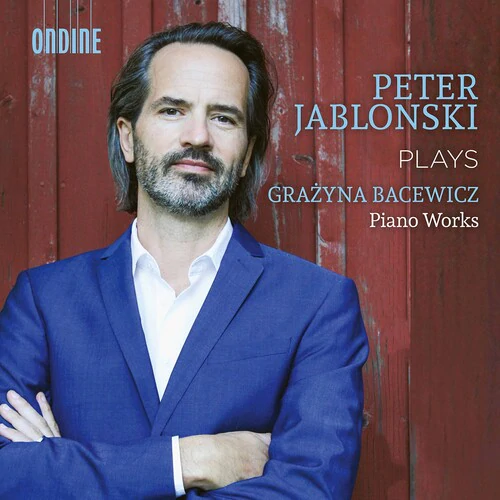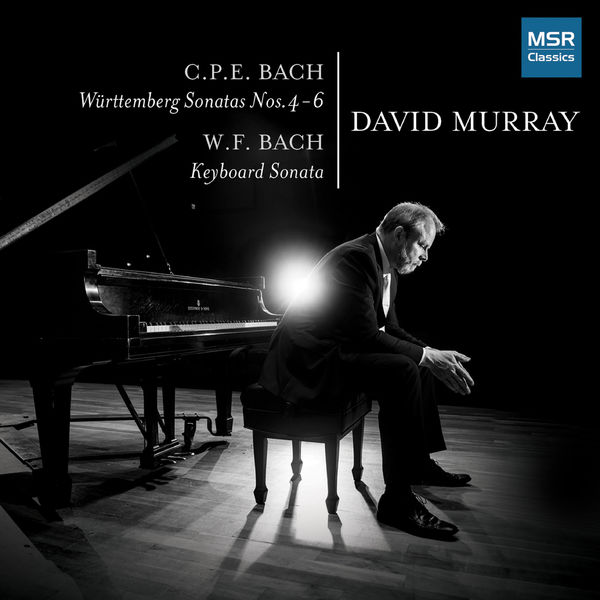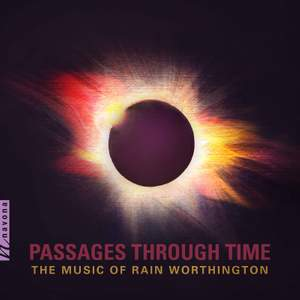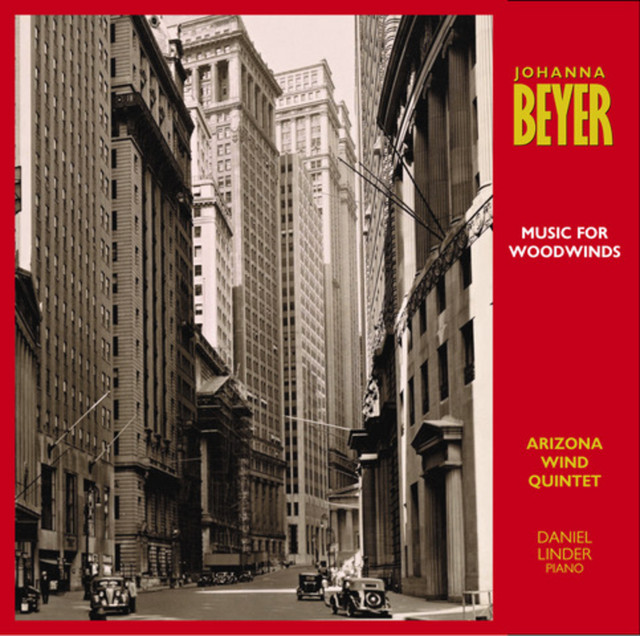Modern classical and avant garde concert music of the 20th and 21st centuries forms the primary focus of this blog. It is hoped that through the discussions a picture will emerge of modern music, its heritage, and what it means for us.
Search This Blog
Friday, April 29, 2022
Claremont Trio, Queen of Hearts, Newly Commissioned Works for Piano Trio
Wednesday, April 27, 2022
Lux Aeterna, Choral Works By Ligeti and Kodaly, Marcus Creed, Danish National Vocal Ensemble
Tuesday, April 26, 2022
Palaver Strings, Ready or Not, Music for Strings By Women Composers
Benjamin Whitcomb, 20th Century Music for Cello, Bloch, Cassado, Hindemith, Britten
Perhaps to some the idea of music for unaccompanied cello is something esoteric, off the beaten track. But it is more the case now than not that the repertoire is being represented on disk far more than it might have been 50 years ago or so. A very good example is the music before us today, with cellist Benjamin Whitcomb in a nicely turned volume of 20th Century Music for Cello (MSR Classics 1798), covering relevant works by Ernest Bloch, Gaspar Cassado, Paul Hindemith and Benjamin Britten. Some may recall or even have his first volume in the series, which I reviewed with pleasure here this past April, 2020.
The first thing one might note on listening is the finely granular readings and masterfully commanding performances of these works by Benjamin Whitcomb. He is not in any way attempting to grandstand his way through these pieces, but rather seems purely inspired by the music and responds with a deeply detailed, middle ground between the far end of expressionism and the somewhat contrasting one of unrelenting abstraction. None of these works are in the High Modernist panoramic breadth of leaps and bounds (i.e. twelve tone or atonal, very dissonant and/or fully dedicated to a kind of anthematic post symmetrical infinity of unfolding. Nor is this music in Whitcomb's reading filled with Romantic sentimentality. So in that way Maestro Whitcomb's response seems exactly right for the music, and in fact he is more a composer's faithful representative than a cellist's cellist, so to speak, at least as I hear it.
My ears over the numerous listens I have given this program perk up especially at the rendering of the stand-up, complex striations of the Paul Hindemith "Cello Sonata, Op. 25, No. 3," an exemplary work from his ambitiously contemporary early period (1922) in Germany. Each time I hear the sequence of works the Hindemith stands out nicely as a high point among high points. So too the Benjamin Britten "Suite No.1" expands the tonal center outwards and sounds more Modern in that way than not. The nicely spaced and open field melodic unfolding gives us a kind of poeticism not at all programmatic and so a typical but satisfying venture into art for art's sake, so to speak.
And both works as done with panache by Benjamin Whitcomb take on a special life and become memorable in all their complexities, as a music that reminds us of itself the more times we hear it--which after all is what music should ideally be in contexts where it is all about carving out a musical landscape of some sublimity and uncompromising strength.
Yes and then the opener by Ernest Bloch, "Suite No. 1 for Unaccompanied Cello" (1958) has something of a Semitic quality that is subtle yet distinctly there to appreciate as you pay attention to how it plays itself out, minor and ornate and expansive.
Then we have something by a composer less known to us, one Gaspar Cassado (1897-1966) and his "Suite for Solo Cello" (1926)--in its own way very declamatory, articulate, fanfarish and deliberately dramatic and outreaching. Then follows a folk-like dancing moment before a concluding melding of song and fanfare. It all is nicely satisfying.
Perhaps this is not the kind of album you would see is out and say to yourself, "I've got to have this one!" But when you play it enough you realize you are lucky to experience it, that it is a special thing any "Modernist" and cello appreciator will be glad to have to hear often, I suspect. So please give it a listen and perhaps it will makes its way into your musical being like it did for me. Recommended!
PS See the April 7, 2020 article for a discussion of the previous volume of Whitcomb playing 20th century Modern repertoire for unaccompanied cello.
Tuesday, April 19, 2022
Arcomusical, Emigre and Exile
Thursday, April 14, 2022
Grazyna Bacewicz Piano Works, Peter Jablonski
Polish composer Grazyna Bacewicz (1909-1969) is an important Polish Eastern European Modernist that I have only come to know musically in the last few decades. In that way I am not unlike many New Music appreciators in the US. It took some time before we got to hear her music. And it turns out it was very worth waiting for.
An excellent example is a new disk by pianist Peter Jablonski, Bacewicz Piano Works (Ondine ODE 03992). When one encounters such fare, of course one hopes the works are stimulating and the performances enthusiastic yet precise, or something like that. I must say this volume gives us both and therefore establishes itself as an important advancement on the average person's knowledge (that would include me!) while also giving the solo piano music enthusiast some fare that fully deserves emergence into the light of day.
It consists of some five major works from Bacewicz's middle years: so there is the 1949 "Concert Krakowiak," the 1956-57 "Ten Concert Etudes," the 1955 "Two Etudes on Double Notes," and the Piano Sonata Nos. 1 (1949) and and 2 (1953).
What perhaps is most striking to me is how firmly pianistic all are and then also how she is an original contributor to the lively Eastern European developments of Modern times through extending the idiom while also reflecting something of the earthiness of a nationalist folk influence represented in oblique traces and shades. You have an original stance but then you might note an affinity with the unfolding of the Slavic potential to the notes we have to work with, including the Expression-laden open harmonic captivations of Scriabin, in the related period works of Prokofiev, Shostakovich, Weinberg, Bartok, Janacek, and the like. She fits in originally with her own take on the possibility of the earthy yet new.
It is a damn fine album. Listen!
Tuesday, April 12, 2022
CPE Bach Wurttemberg Sonatas Nos. 4-6, WF Bach Keyboard Sonata, David Murray
Rain Worthington, Passages Through Time
Monday, April 11, 2022
Johanna Beyer, Music for Woodwinds








